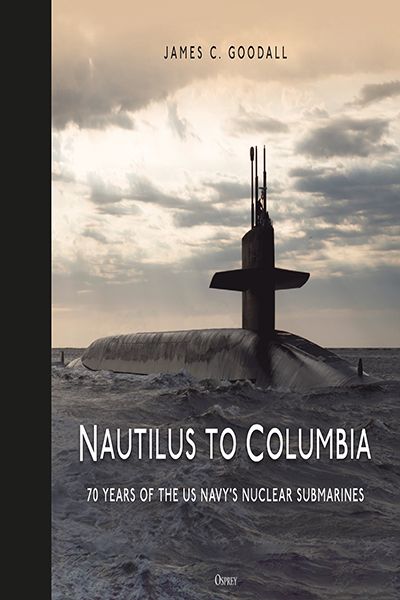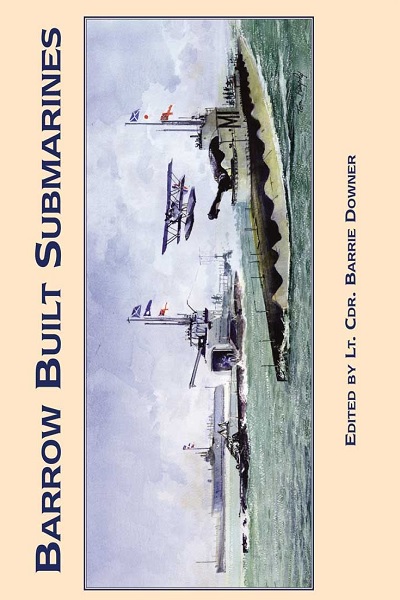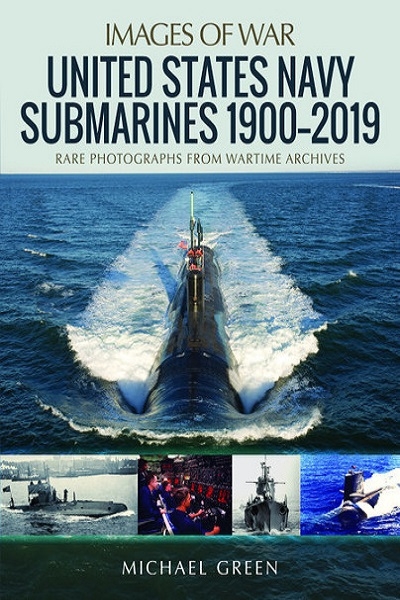James C. Goodall covers the origins, design, and development of the US Navy's fleet of nuclear-powered submarines. This programme was developed under the command of Hiram G. Rickover, the “Father of the Nuclear Navy” who oversaw the commissioning of the very first nuclear-powered attack submarine, the USS Nautilus (SSN 571) in 1952. This was a truly revolutionary design. Until the advent of nuclear power, the world's submarine fleets travelled on the surface at night to charge their batteries, and only dove below the surface when enemy ships or planes were spotted. With the development of the USS Nautilus, the US Navy now had the ability to stay submerged for not just hours or days, but to hide out of harm's way for weeks or months at a time
This highly illustrated book covers all of the 220+ submarine hulls built and delivered to the US Navy from the USS Nautilus through to the Navy's newest class of submarine, the Columbia class SSBNs. The story of the Nuclear Navy from its origins up to the present day is told through more than 1,300 images from official and archive sources, as well as the author's own personal collection, some of which have never been published before.
ISBN: 9781472856500
Format: Hardback
Author(s): James C. Goodall
First Publishment Date: 23 November 2023























